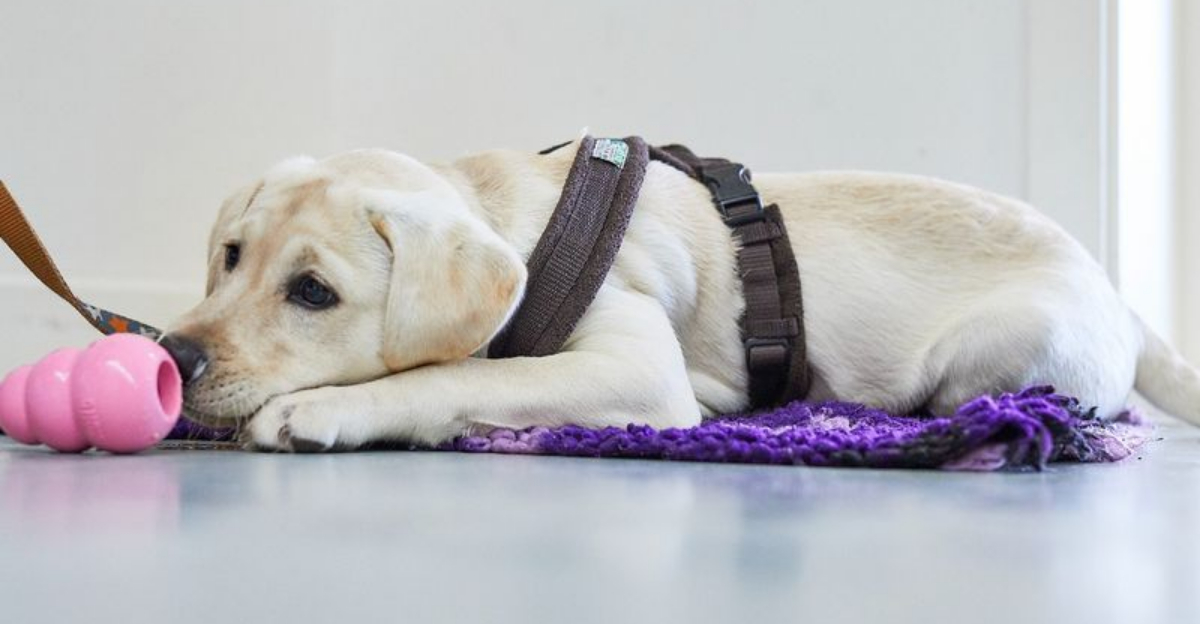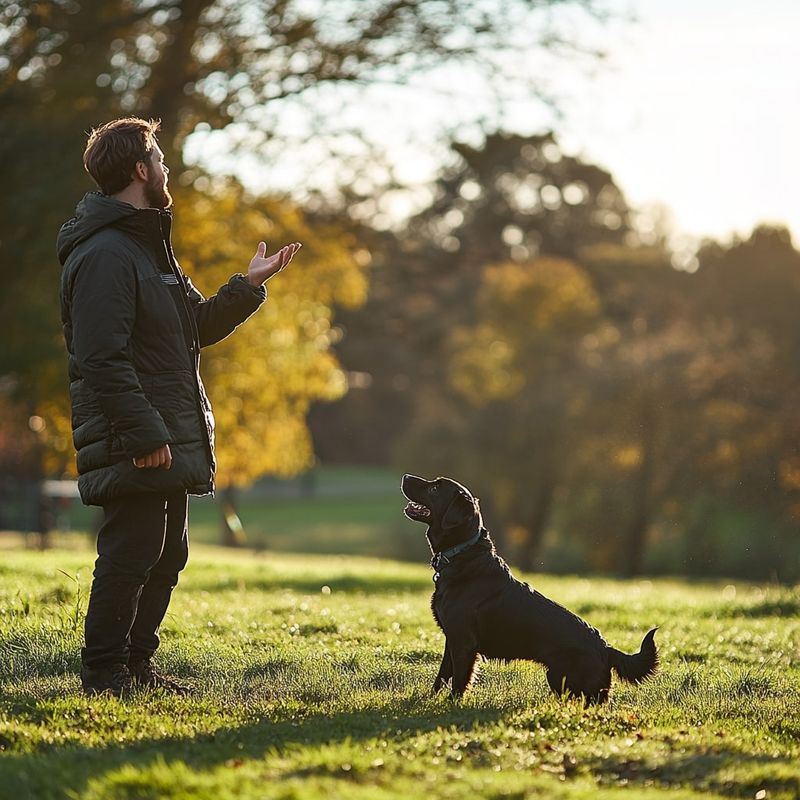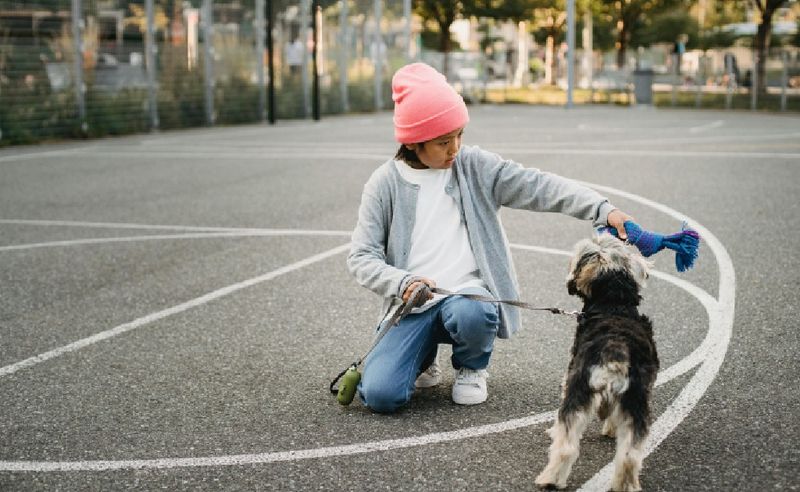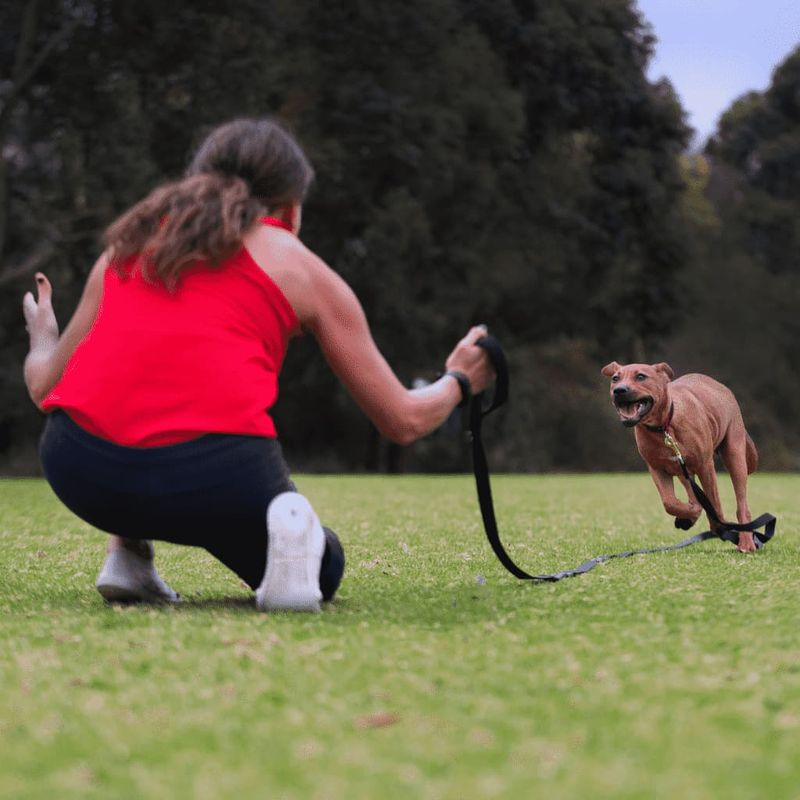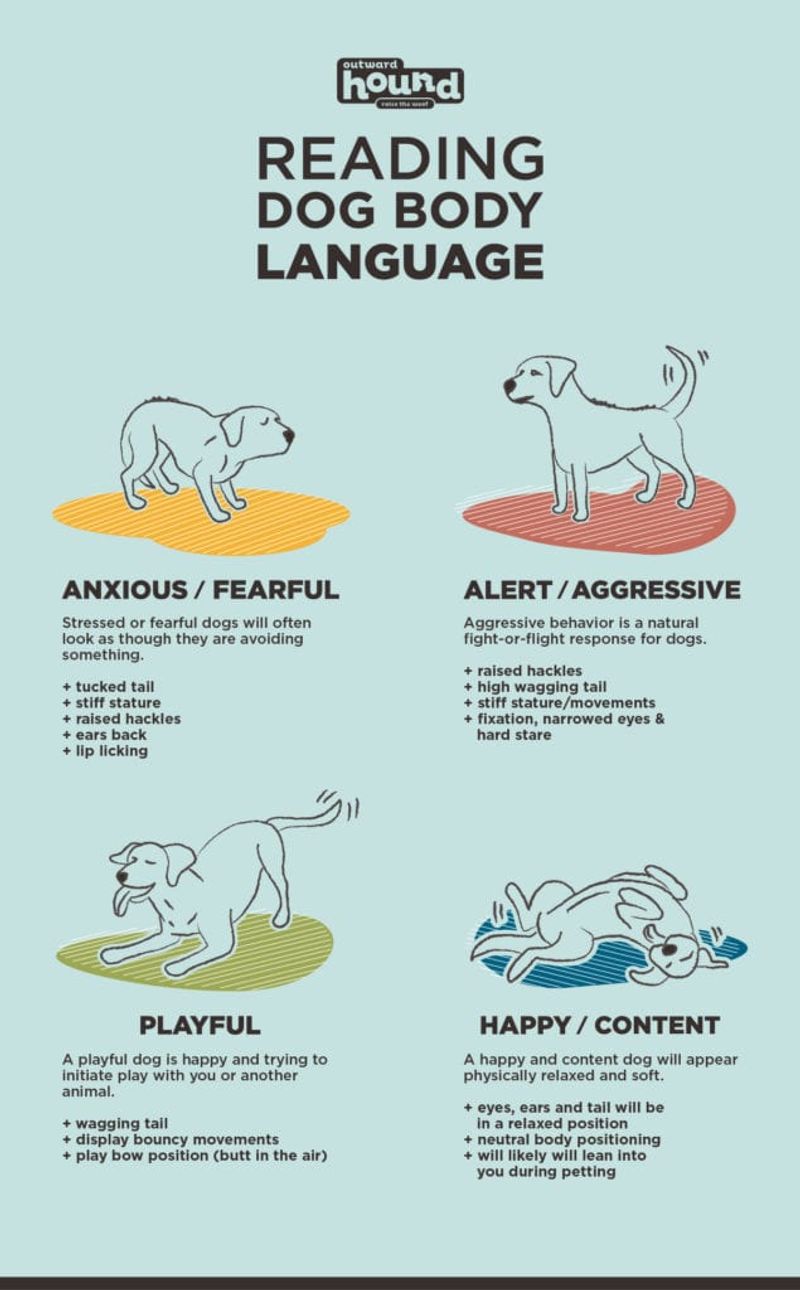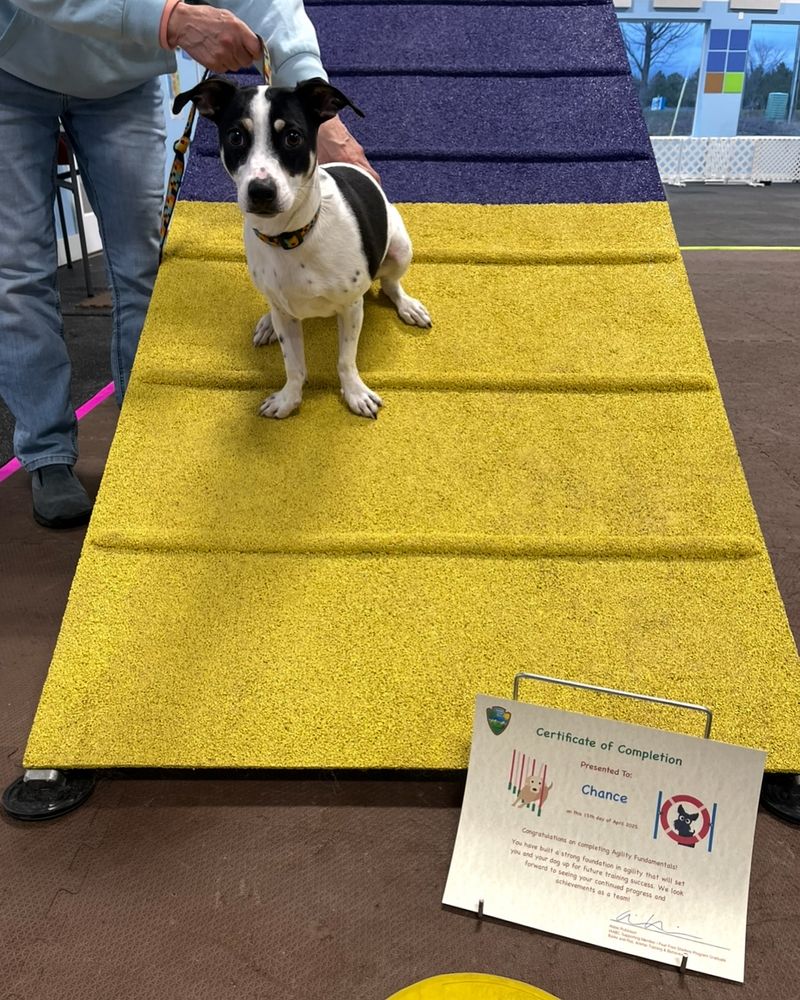Training your dog to be off-leash is both exciting and challenging. It allows your dog the freedom to explore while ensuring they remain safe and responsive. Here are ten essential tips to guide you through the process of off-leash training.
Establish a Reliable Recall
Imagine your dog running freely in the park, yet at the sound of your call, they dash back to you. This reliable recall is paramount in off-leash training. Start with a specific command, like “come,” reinforced with treats. Practice in different environments, gradually increasing distractions.
Strengthening this bond builds trust; your dog knows that coming to you is always rewarding. Reinforce this behavior consistently, making it a lifelong habit. A solid recall ensures safety, giving both you and your dog confidence in off-leash scenarios.
Remember, practice makes perfect, and patience is key.
Use Positive Reinforcement
Training should be a joyful experience for both you and your dog. Using positive reinforcement, such as treats and praise, encourages desired behaviors. This method fosters a fun and engaging learning environment.
Dogs respond well to rewards, understanding that their actions lead to positive outcomes. Incorporate toys or playtime to add variety. Consistency and timing of rewards are crucial for success.
As your dog learns that good behavior results in rewards, they become more eager to please. This approach not only enhances training but also strengthens your bond.
Start in a Controlled Environment
Always begin off-leash training in a controlled, fenced environment. This setting minimizes risks and distractions, providing a safe space to practice commands.
A backyard or enclosed field is ideal for initial training sessions. Gradually introduce new locations as your dog becomes more confident.
This controlled approach allows you to monitor progress and adjust techniques as needed. Safety is paramount, ensuring that your dog learns boundaries without external threats. With patience and consistent practice, you can expand to more open areas.
Introduce Distractions Gradually
Once basic commands are mastered, introduce distractions to challenge your dog’s focus. Start with mild distractions like distant noises, gradually leading to busier environments.
This staged approach helps your dog learn to prioritize your commands over external stimuli. Use treats to maintain engagement, rewarding focus and obedience.
The real world is full of distractions, and training must reflect this. Continuing to challenge your dog’s focus ensures they remain responsive, even in chaotic surroundings. It’s all about building a resilient attention span.
Ensure Your Dog is Microchipped
Even with the best training, accidents can happen. Microchipping your dog provides an extra layer of security, ensuring they’re identifiable if lost.
Visit your vet to get your dog chipped, and register the ID with your contact information. This small chip plays a big role in reuniting lost pets with their families.
Regularly update your details with the registry. A microchip offers peace of mind, knowing your dog is protected even when exploring off-leash.
Use a Long Leash Initially
Before venturing fully off-leash, utilize a long leash to provide freedom while maintaining control. This tool allows your dog to explore while you guide their movements.
Practice commands with the long leash, rewarding obedience. Gradually increase the distance as your dog’s recall improves. It’s a stepping stone towards full independence.
The long leash offers a balance between freedom and safety, helping your dog adjust to off-leash expectations. It’s a valuable tool in the training process, fostering trust and discipline.
Teach the “Leave It” Command
The “leave it” command is crucial, ensuring your dog ignores potential hazards. Start with treats, using a firm voice to instruct them to leave the item.
Practice in various environments, reinforcing the command with rewards. This command is vital during off-leash adventures, preventing your dog from engaging with dangerous objects.
A well-practiced “leave it” command boosts safety, giving you control over unexpected situations. It’s an essential skill for off-leash freedom, promoting responsible exploration.
Understand Your Dog’s Limits
Every dog is unique, with its own set of limits and capabilities. Pay attention to your dog’s body language, recognizing signs of stress or fatigue.
Adapt training sessions to suit your dog’s pace, avoiding overexertion. This understanding fosters a supportive learning environment, respecting your dog’s needs.
By acknowledging your dog’s boundaries, you create a positive training experience. This consideration enhances trust, ensuring a joyful and effective off-leash journey.
Practice Regularly
Consistency is the backbone of successful training. Regular practice solidifies commands, making them second nature to your dog.
Incorporate training into daily routines, using varied locations to strengthen adaptability. Family involvement can make sessions more dynamic and enjoyable.
Frequent practice keeps your dog engaged, preventing complacency. This ongoing effort ensures your dog’s skills remain sharp, ready for any off-leash adventure.
Celebrate Progress
Training is a journey, filled with milestones worth celebrating. Acknowledge your dog’s achievements with praise and treats, reinforcing their progress.
Celebrating successes boosts your dog’s confidence, making training sessions enjoyable. This positivity enhances the bond between you and your canine companion.
Remember, progress is personal; every small victory counts. Embrace the journey, cherishing each step towards a well-behaved off-leash dog.
